Navigating the Path to Healthier Eating Habits: Tips and Tricks for Home Cooking
With the bustle of summer travel upon us, I am reminded that there is truly no place like home. And there is certainly nothing like good old-fashioned home cooking. Travel and generally busy lifestyles make it easier to reach for quick options, but these convenient options tend to be more heavily processed than homemade alternatives. I am on a mission to make cooking seem less like an added chore, whether you are coming home from a long trip or just a long day.
Starting with Whole Foods: Establishing a Healthier Eating Foundation
Getting back to my roots with cooking also means getting back to the roots of whole foods. While I don’t have a garden to dig up foods from their roots literally, the grocery store is full of fresh, wholesome foods to base my meals on. I’m talking about products in their original form with little to no additional ingredients mixed in. Think fresh fruit, vegetables, eggs, meat, dairy, whole grains, and so much more.
You’ve likely heard the adage to “shop the aisles of the grocery store,” but don’t forget that some healthful goodies like beans, nuts, canned vegetables, and whole grains may be found in the inner aisles as well.
Navigating Ingredient Labels: Making Sense of What's in Your Food
Once you venture into the aisles, you may be bombarded with ultra-processed foods (UPFs) and their confusing ingredient labels. While we could go into depth on food additives, and in fact, we have done so before, my message today is simple. If you don’t recognize more than a few ingredients on a label, perhaps it's best left on a shelf. Instead, I look for foods with few to no added ingredients, such as items made without added sugars or trans fats. These simpler food labels take me back to simpler times. You may be surprised to find that you can enjoy the flavor profiles of natural items better once you eliminate the sometimes overpowering taste of UPFs.
Enhancing Your Plate: Easy Seasoning Tips and Cooking Tricks
Do you have difficulty believing that anything you make could taste as good as pre-made options? I get it. You don’t have to have a culinary degree to make your meals tasty. Here are some tips to get you started:
- Stock up on staples. Garlic, olive oil, honey, and butter keep for a long time and can enhance the flavor of many dishes.
- Add spice. Of course, there is trusty salt and pepper. But don’t forget that cumin, chili powder, turmeric, and many other spices can take your dish from boring to fascinating. If you’re intimidated by options, try to start with spice blends, like Italian, “Everything but the bagel,” or Cajun seasoning.
- Find your go-to cooking methods. Remember that foods taste different based on how you cook them. A baked chicken will taste different than grilled chicken, and a roasted sweet potato will be more crispy than a microwaved sweet potato. Identify the methods you enjoy, and then work on perfecting those before moving on to other techniques.
- Try the homemade version of your favorite dishes. For example, if you regularly make boxed pasta dishes, try assembling them yourself. This allows you to personalize them for your health goals. Swap the pasta for a whole grain option, choose lean meat, be less heavy-handed with the salt, or add in some fiber-rich veggies. You may prefer your homemade option even more!
Mapping Out Your Meals: Crafting a Personalized Weekly Meal Plan
There are few things more defeating than staring into the fridge at the end of a long day, wondering what in the world you’re going to make for dinner. To avoid this, I like to be a person with a plan. I suggest dedicating a few minutes each week to review my schedule and write out what I plan to make for my dinners. Once I have this in mind, I can draw up my grocery list to have the items ready to go. Preventing decision fatigue later in the week means I’m less likely to fall back on ordering food or choosing a quick, heavily processed option.
Efficient Batch Cooking: Time-Saving Meal Preparation Strategies
You may be thinking, doesn’t cooking at home take so much more time? Well, yes, it can. But that doesn’t mean it has to or that the payoff isn’t worth it. Here are a few time-saving ideas:
- Consider having your groceries delivered to leave room in your schedule for actual cooking.
- Batch-cook and freeze. Many meals and dishes can be made in a larger batch and then frozen for a rainy day. Preparing these frozen meals can keep you from reaching for a heavily processed frozen microwave dinner.
- Try the crockpot, pressure cooker, or air fryer. These kitchen gadgets were made with busy schedules in mind. Consider dumping your ingredients in the crockpot and letting it simmer for a few hours so you can go about your day and come back to a flavorful meal made at home, or use the pressure cooker to save the time it would take your oven to accomplish the same task.
- Purchase pre-cut produce. If chopping is a part of the cooking process you dread, consider buying pre-cut produce. These items can be found in fresh, canned, or frozen varieties.
Embracing Culinary Exploration: Diving into Global Flavors at Home
One of the best parts of cooking your meals is that you can travel the world from the comfort of your own kitchen. Not sure where to start? Our recipe library contains easy-to-follow dishes inspired by flavors found around the globe. Below are a few of my tried-and-true favorites.
Easy Meal Prep- Sheet Pan Fajitas!
Low FODMAP Mediterranean Chicken Bowls
Low FODMAP Crispy Asian Tofu Lettuce Wraps
Whether you’re a homebody or just looking to support a healthier body, limiting UPFs and embracing whole foods is a valuable goal. Stick around for more Foodguides content that will continue to help you do just that!


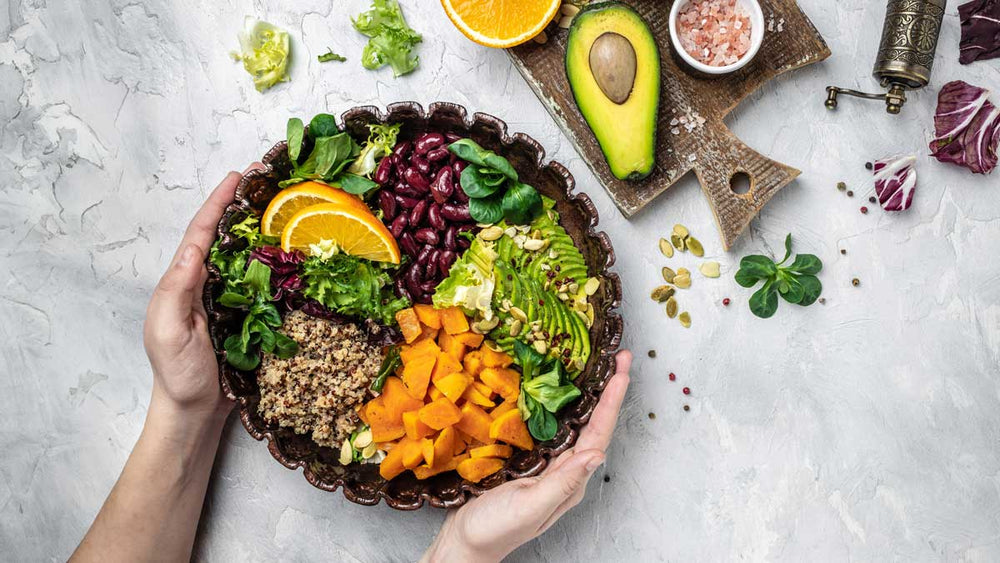
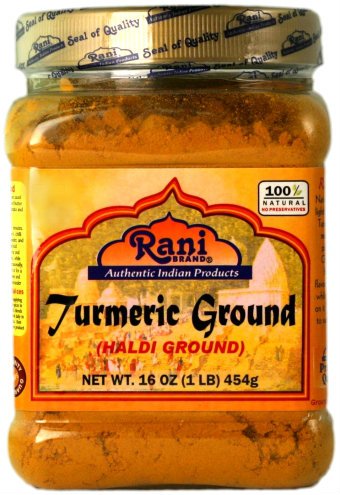
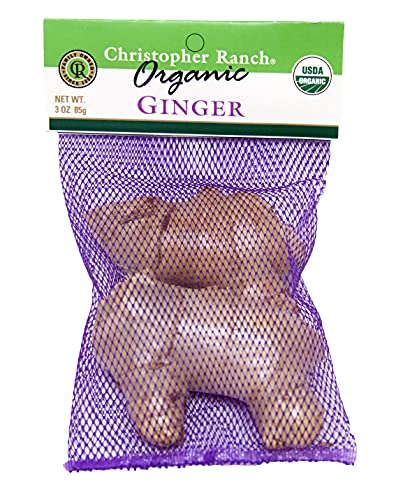


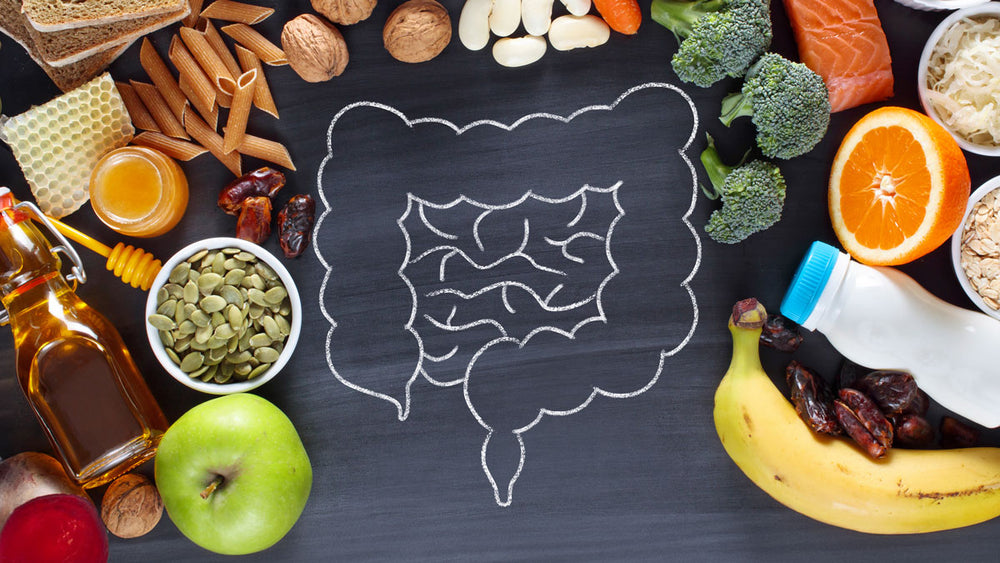

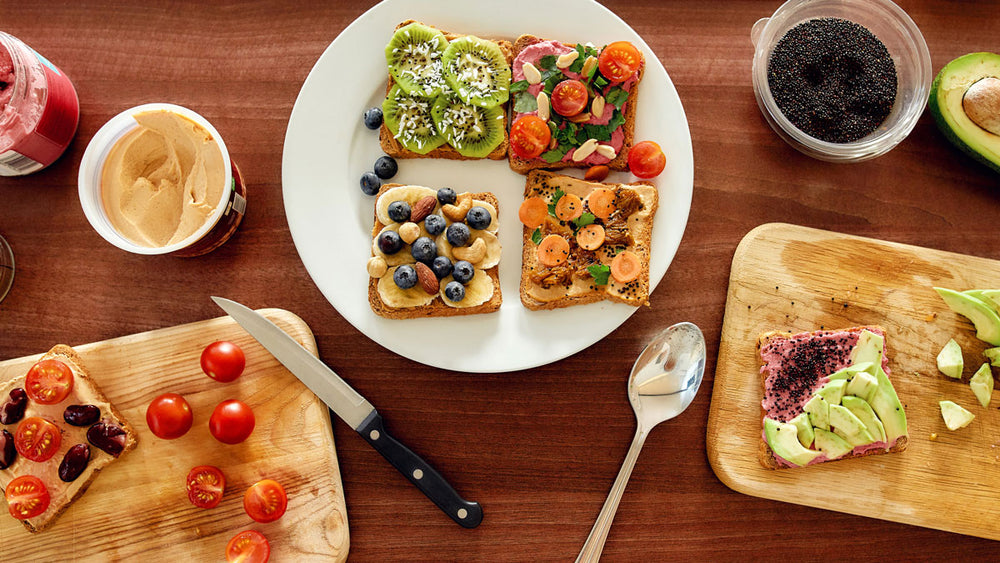









Comments
Join The Conversation...